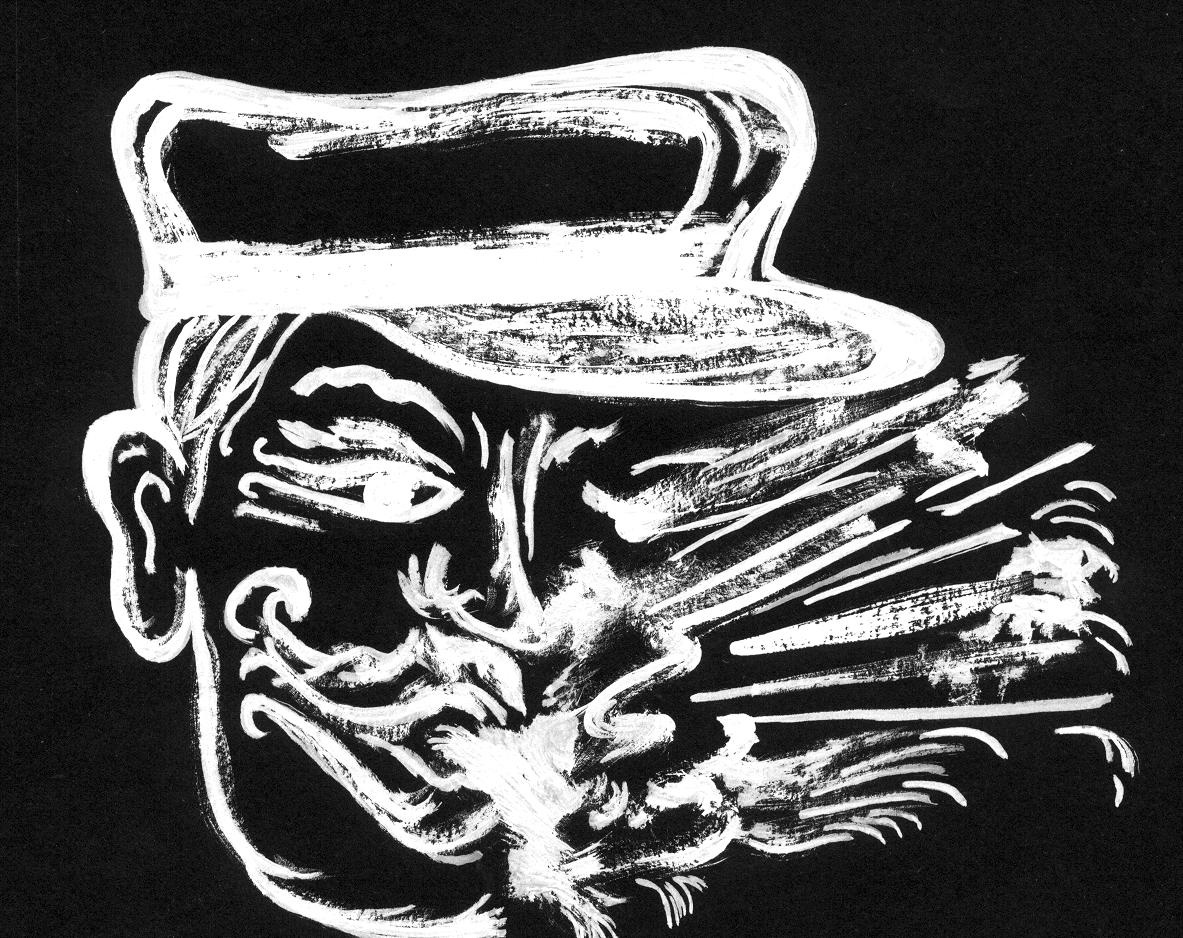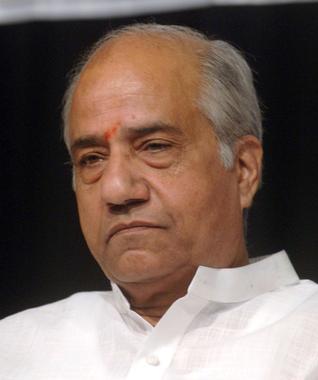
Julio Ribeiro
Former commissioner of police,Bombay and DGP, Punjab
““We must remember that fundamentalism of the majority, by sheer virtue of the numbers involved, is much more dangerous than the fundamentalism of the minority. It therefore needs to be singled out and targeted first because it is through this fundamentalism of the majority that the politics of hate gets exacerbated. What were the two major incidents of bomb blasts at Bombay and Coimbatore but a terrorist response. And what is terrorism but violent actions, in retaliation, that target innocents? Terrorism doesn’t pick and choose its targets. It’s a man-eating tiger, that’s why it is so dangerous. Terrorism is the response of those who cannot really fight . This was the message from Bombay and Coimbatore: ‘We cannot fight you so there’…..It is about time that the state sat up and took notice.
The experience of the minority during riots , which is to a great extent based on real-life, true experiences has resulted in a complete loss of faith in the law and order machinery. Unless the police shows through attitude and action that they are impartial, this faith cannot be restored.

Satish Sahney
Former commissioner of police, Bombay
“Muslims must really experience that they have a stake in this system that wants them here and is there to protect them. Or else, we will be creating more disgruntled youngsters like the young Jalees Ansari . Ansari , in his affidavit before the Justice Srikrishna Commission enquiring into the Bombay riots and the bomb blasts, has shown how a youngster, if he feels that he is denied rights of free and fair existence, drifts towards fundamentalist outfits. The biography of this youngster also reveals how from making crude explosives, his training grew into making more and more sophisticated explosives.
We are all aware that Pakistan’s ISI does have a one-point programme of causing eruptions here since it believes that this is an effective proxy war to conduct against its neighbour. But what was the spark that ignited the young Ansari into doing what he did? The feeling that as a Muslim, he and his religion are not safe and free from attack, so he had to learn to protect himself. This is a potentially very dangerous situation.
It is vital from the point of view of both justice and national security that we begin to take cognisance of this dangerous reality.”

Vibhuti N.Rai
Inspector General Border Security Force
“ “In Bombay during the post-Babri Masjid demolition riots (December 1992 and January 1993 ), it was quite evident that state failed to provide security to the minorities. Many hundred Muslims were killed, the whole community was left at the mercy of Hindu communal goondas.
In Coimbatore, also, after the assassination of a traffic constable, Selvaraj, about two dozen Muslims were killed in a manner which puts into very serious question the neutrality and professionalism of the Tamil Nadu police. The failure of the state in providing protection to the minorities will always lead disgruntled elements to become instruments in the hands of agencies such as ISI who will be only too happy to utilise them in blasts like Bombay and Coimbatore.
We should not forget that the failure of the state in the anti-Sikh riots after the assassination of Mrs Indira Gandhi provided thousands of volunteers to the separatist movement launched by Sikh militants. The sooner we learn lessons from the Coimbatore blasts the better.”
We have now been witnessing not riots but tendencies towards ‘ethnic cleansing’
Shankar Sen
Chairperson, National Human Rights Commission, former IPS officer
“The manner in which members of the minority community are branded ‘anti-national’ is wrong and incorrect. The other regrettable fact is that in very few cases are the perpetrators of crimes during communal riots ever punished. Scores of cases are withdrawn under the guise of ‘preserving communal amity’.
The broadening of the composition of the police force is a must. This need not be through reservations but in a situation where there is an abysmally low representation of minorities in the police force, through affirmative action. We must urgently strive to have a more mixed and representative police force in the country. We have now been witnessing not riots but events that are marked in their tendencies towards an “ethnic cleansing.” Such a situation reflects not only a gross failure of the state’s law and order machinery but lays the country and sections of our populace vulnerable to take recourse to unlawful acts in retaliation.”
The question of alienation (in mino-rities) must be addressed’
Padma Rosha
Former Director General of Police
“In Bombay during the post-Babri Masjid demolition riots (December 1992 and January 1993 ), it was quite evident that state failed to provide security to the minorities. Many hundred Muslims were killed, the whole community was left at the mercy of Hindu communal goondas.
In Coimbatore, also, after the assassination of a traffic constable, Selvaraj, about two dozen Muslims were killed in a manner which puts into very serious question the neutrality and professionalism of the Tamil Nadu police. The failure of the state in providing protection to the minorities will always lead disgruntled elements to become instruments in the hands of agencies such as ISI who will be only too happy to utilise them in blasts like Bombay and Coimbatore.
We should not forget that the failure of the state in the anti-Sikh riots after the assassination of Mrs Indira Gandhi provided thousands of volunteers to the separatist movement launched by Sikh militants. The sooner we learn lessons from the Coimbatore blasts the better.”
Archived from Communalism Combat, March 1998, Year 5 No. 41, Cover Story,





.gif)
